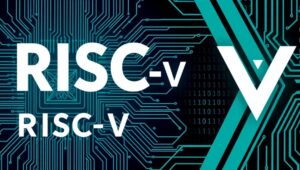May 18, 2025
The IoT-Powered Smart City of 2028: Reality Check
The IoT-Powered Smart City of 2028: Reality Check The vision of the smart city, powered by the Internet of Things (IoT), has been circulating for years. By 2028, how much of that vision will be reality? This post examines the advancements, challenges, and realistic expectations for IoT in urban environments. What is a Smart City? A smart city leverages technology, data, and connected devices to improve the quality of life for its citizens. This includes optimizing infrastructure, transportation, energy consumption, public safety, and various other services. IoT forms the backbone, connecting sensors, devices, and systems to collect and exchange data












